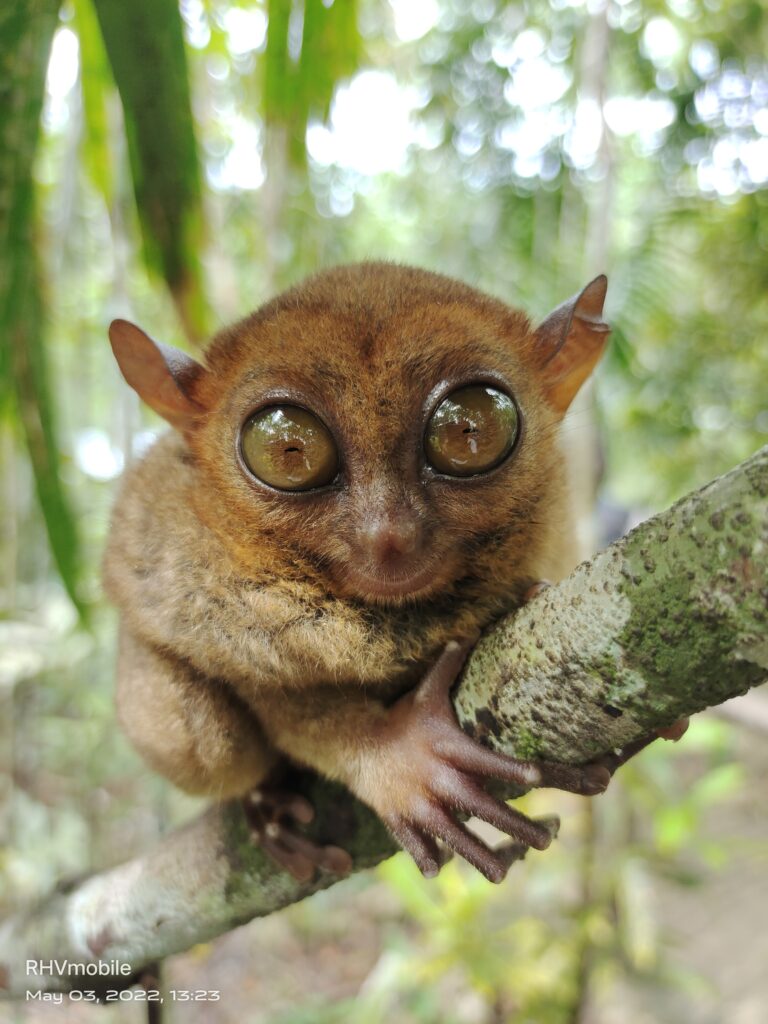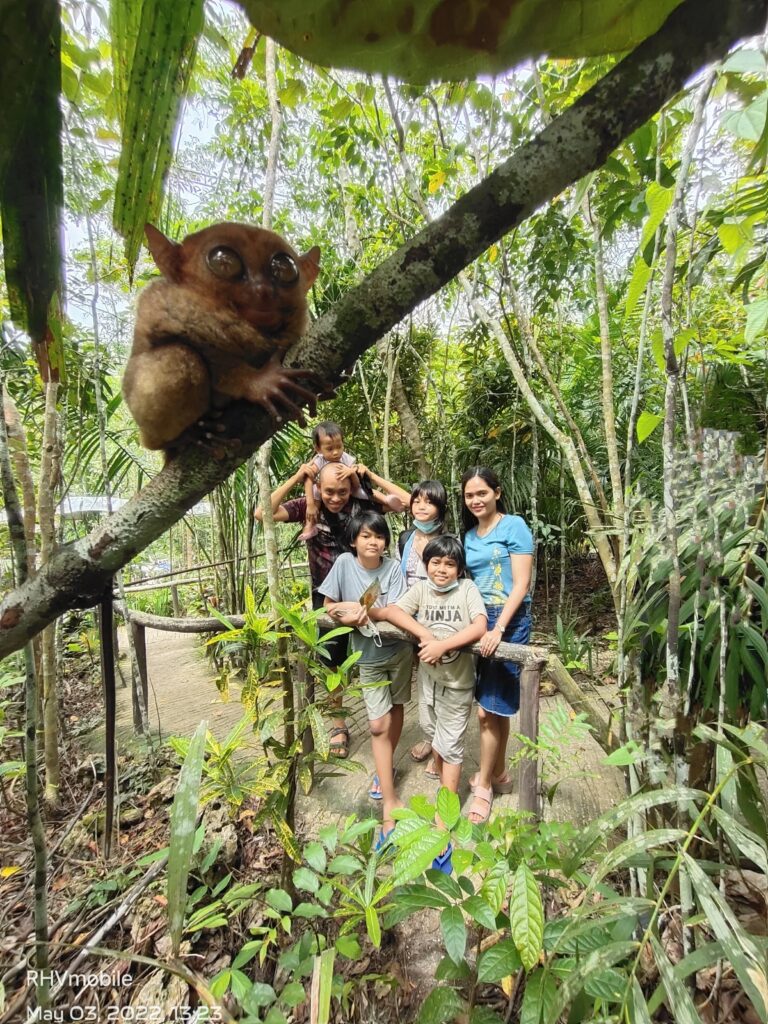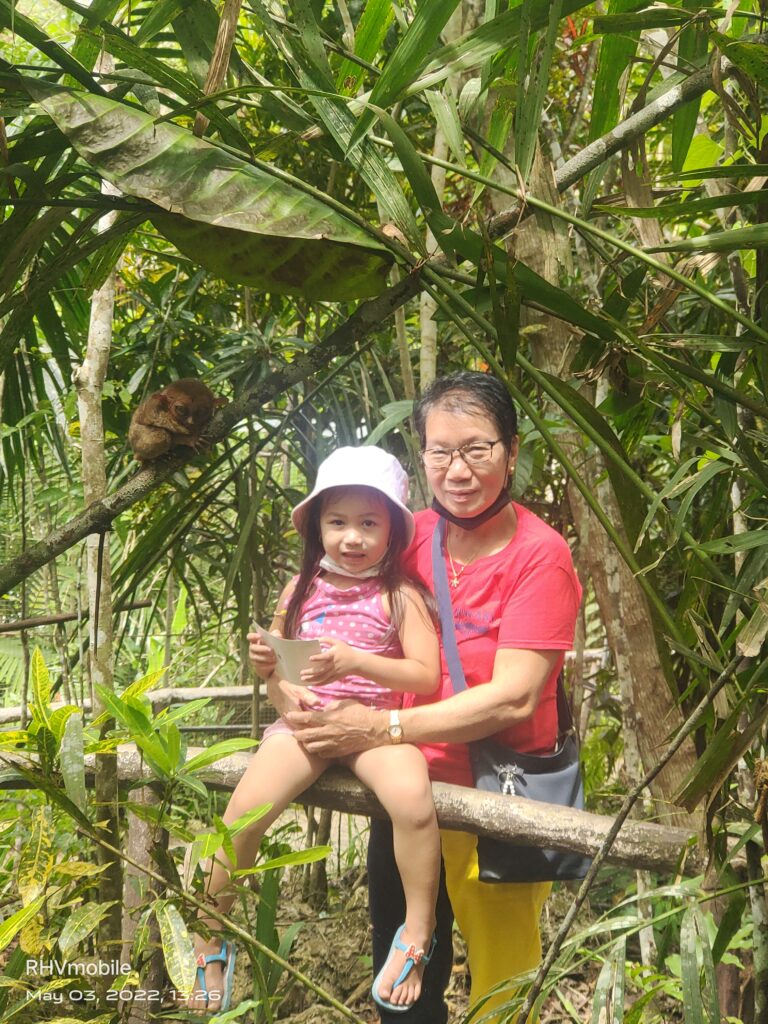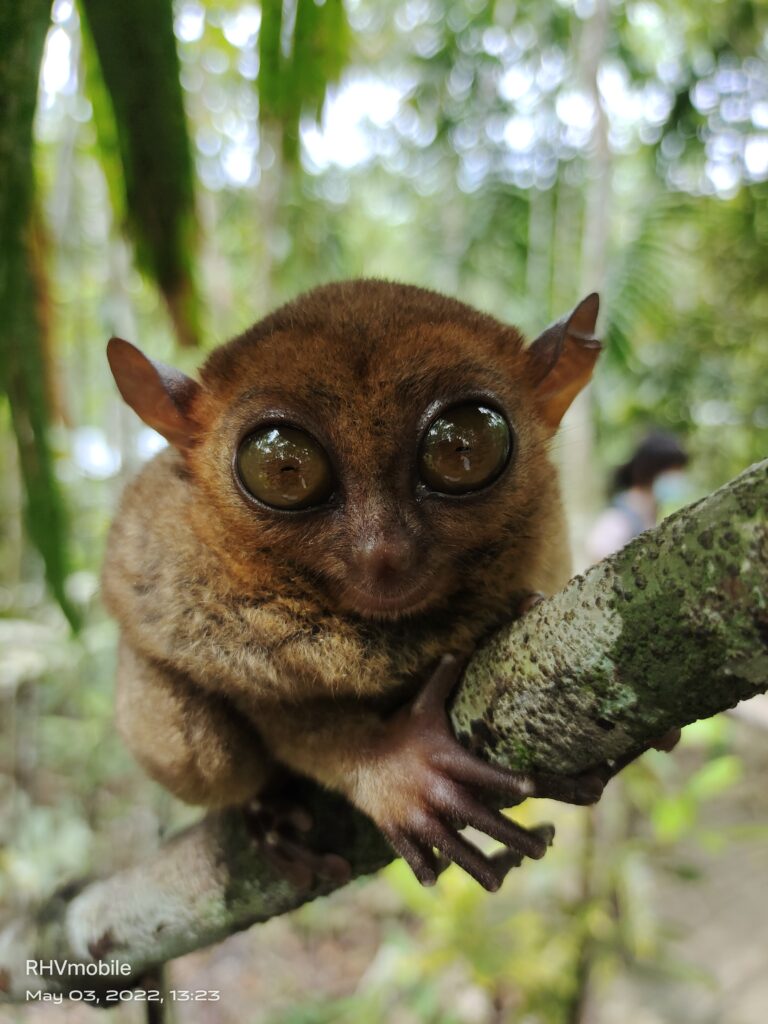
Bohol is an island province in the Philippines known for its breathtaking landscapes, cultural heritage, and diverse flora and fauna. But one of the highlights of my recent trip to Bohol was a close encounter with the world’s smallest primates – the tarsiers. In this post, I’ll share my experience and give you tips on how to plan and execute a memorable tarsier encounter.
First, a bit about tarsiers. These tiny nocturnal creatures are native to Southeast Asia, and Bohol is one of the best places to see them in their natural habitat. With their huge eyes, long tail, and unique head rotation ability, tarsiers are not only cute but also fascinating to observe.
Planning the Tarsier Encounter
Before heading to the tarsier conservation area, it’s important to do some research and make necessary arrangements to ensure a safe and ethical experience. Here are some tips to keep in mind:
- Choose a reputable tarsier conservation area. There are several such areas in Bohol, but not all are created equal. Look for a facility that adheres to strict guidelines for the care and protection of the tarsiers.
- Plan your visit during the daytime. Although tarsiers are nocturnal, they tend to be active during the day, especially in the early morning. You’ll have a better chance of seeing them if you go early.
- Respect the tarsiers’ space. Tarsiers are shy animals that can easily get stressed. Avoid making loud noises, using flash photography, or getting too close to them.
- Follow the rules of the conservation area. You may need to pay an entrance fee and sign a waiver. Make sure to follow any instructions given by the staff.
The Tarsier Encounter



Now, onto the fun part – the tarsier encounter itself. At the conservation area, we were led by a guide along a forest trail that wound through the tarsiers’ habitat. The guide pointed out several tarsiers sleeping on tree branches, and we were able to get a close-up view of these amazing creatures.
One of the things that struck me about the tarsiers was their size – they’re only about the size of a fist! But their big eyes and expressive faces made up for their diminutive stature. We were also able to observe their unique head rotation ability, which allows them to swivel their head 180 degrees in either direction.
The tarsiers were mostly sleeping during our visit, but we did see a few of them move around or groom themselves. It was fascinating to watch them in their natural habitat, and I felt grateful for the opportunity to see them up close.
After about 30 minutes, our guide led us back to the entrance of the conservation area. Although it was a short visit, it was definitely a memorable one.
Conclusion
If you’re planning a trip to Bohol, I highly recommend making time for a tarsier encounter. These adorable primates are a unique and fascinating part of the island’s biodiversity, and seeing them up close is a truly unforgettable experience. Just make sure to plan ahead and follow ethical guidelines to ensure a safe and respectful visit.
Ticket Prices and Operation Hours:
The entrance fee for the Tarsier Conservation Area in Bohol is PHP 100 (approximately $2) per person for adults, and PHP 60 (approximately $1.20) per person for children.
Operating Hours:
The Tarsier Conservation Area in Bohol is open daily from 8:00 AM to 4:00 PM.
Contact Information:
You can contact the Tarsier Conservation Area in Bohol through the following channels:
- Phone: +63 38 536 2192
- Email: [email protected]
- Website: https://tarsierfoundation.org/
Note: It’s always a good idea to check for updates on the operating hours and ticket prices before your visit as they are subject to change without prior notice.